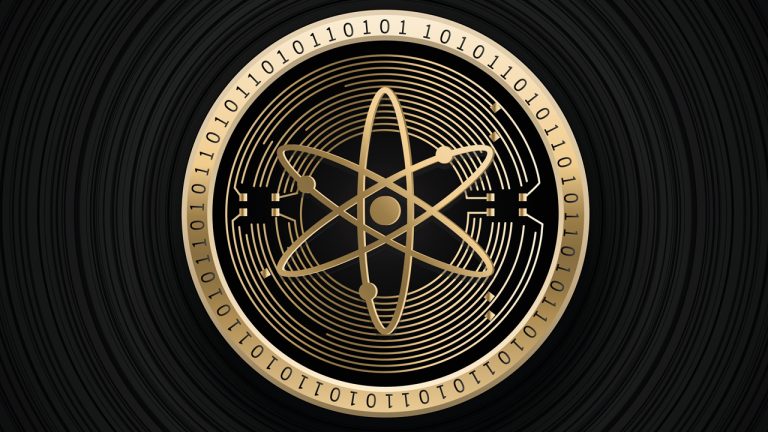
According to the token protocol startup Noble, the second-largest stablecoin, USDC, will be integrated into the Cosmos blockchain, as the company has partnered with Circle Financial for the rollout. Noble details that the integration will give access to Circle’s USDC stablecoin to more than 50 Inter-Blockchain Communication (IBC) networks.
USDC Native Support Is Coming to the Cosmos Blockchain
Noble, a token issuance protocol startup, has revealed the Cosmos network of IBC protocols will support USDC. The team introduced Noble last week in a blog post that describes the protocol as an “app-chain purpose-built for native asset issuance in Cosmos and the boundless Inter-Blockchain Communication (IBC) ecosystem.” On Tuesday, Noble announced its partnership with Circle Financial to bring USDC to the Cosmos ecosystem.
“This is a huge moment for our ecosystem,” Noble said on Tuesday. “Cosmos has never had a native, fiat-backed stablecoin that is highly liquid [and] fully collateralized. For the first time in Cosmos history, 50+ IBC-enabled blockchains will soon be able to access USDC natively via IBC,” Noble added. Circle Financial also confirmed the partnership on Tuesday and said, “We’re excited to bring USDC to Cosmos. USDC is expected to launch on [Noble] soon, stay tuned for details.”
After USDC becomes native to Cosmos, it will be the ninth blockchain where the stablecoin is natively hosted. Currently, USDC is hosted natively on Ethereum, Solana, Avalanche, Tron, Algorand, Stellar, Flow, and Hedera. Additionally, USDC is bridged to Arbitrum, Near, Fantom, and Polygon. While it was previously bridged to Cosmos, it was not hosted in a native manner. Noble says that this new native support will help overcome challenges with bridging techniques.
“This integration will catalyze hundreds of millions of dollars in liquidity over the coming months in Cosmos, and will seek to rectify the challenges that users and appchains face when interacting with bridged assets,” Noble detailed. Neither Noble nor Circle have disclosed the official launch date, but Noble stated that further announcements on asset integrations are coming, including the official launch date for USDC on Noble.
What impact do you think the integration of USDC on the Cosmos blockchain will have on the overall stablecoin market? Share your thoughts about this subject in the comments section below.
from Bitcoin News https://ift.tt/MJU9ILe
Comments
Post a Comment